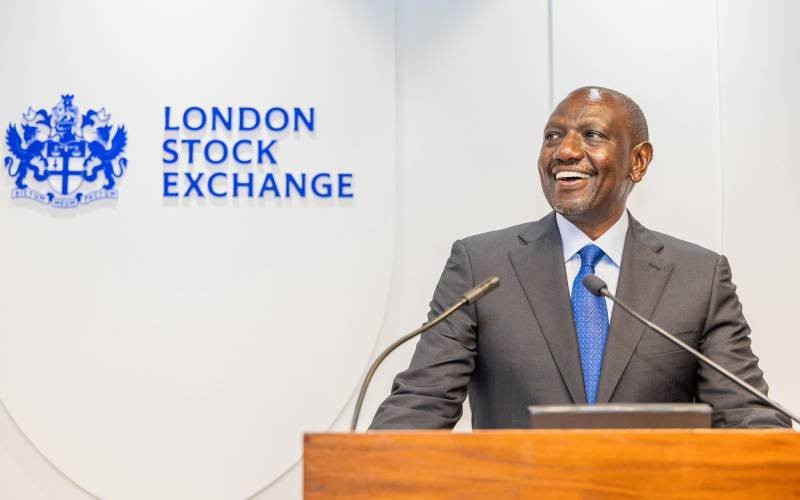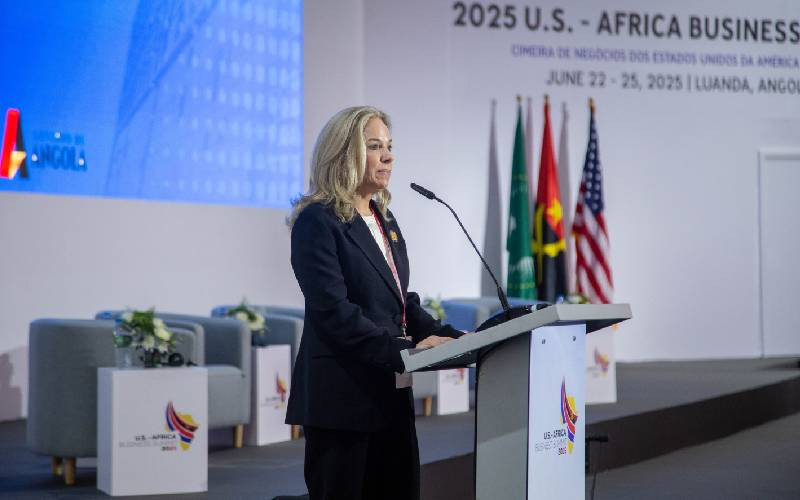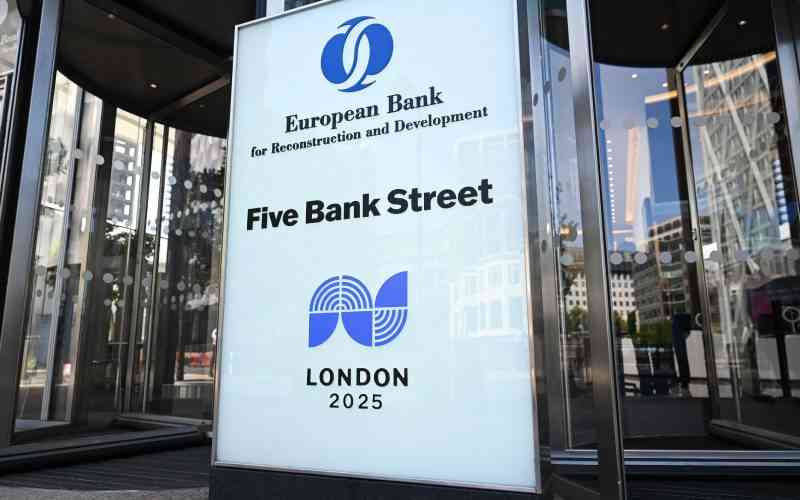
The government has been asked to reconsider proposed changes to input VAT in the Finance Bill 2025.
Speaking in an interview with the Financial Standard, Fiona Okadia, an economist at the Institute of Economic Affairs, warned that the changes could seriously undermine the manufacturing sector and stifle industrial growth.
She argued that eliminating the input VAT offset mechanism could strain cash flows, create uncertainty and impose unnecessary administrative burdens on already struggling businesses.
Under the current VAT regime, businesses are allowed to offset input VAT taxes paid on raw materials or services from their output VAT - the tax collected on sales.
This mechanism, she said, ensures companies only remit the net VAT to the Kenya Revenue Authority (KRA), improving liquidity and easing the cost of doing business.
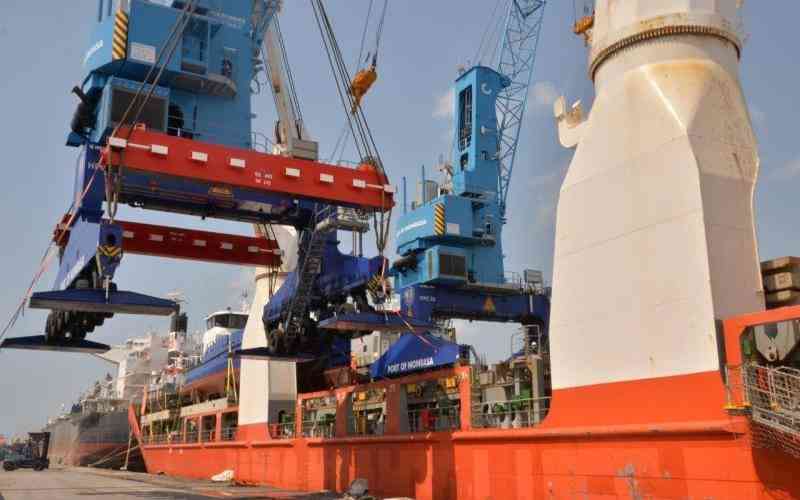
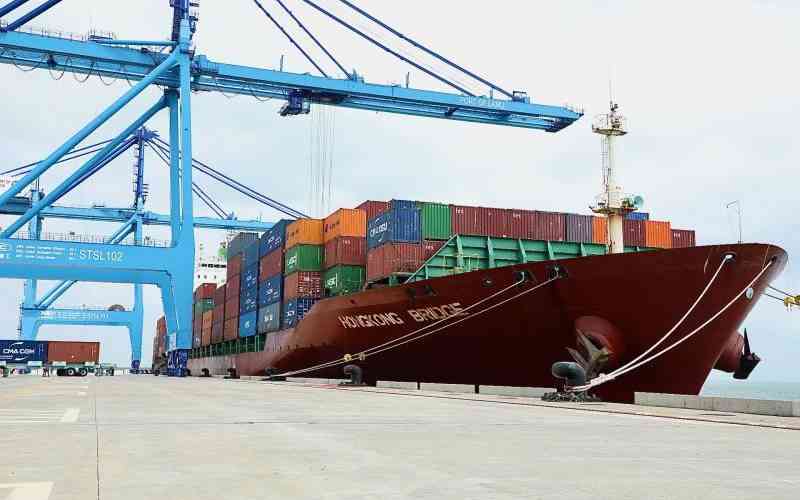
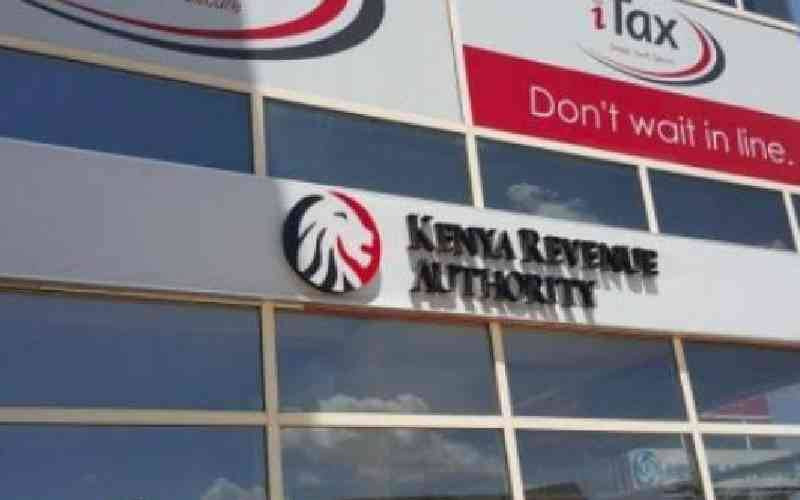
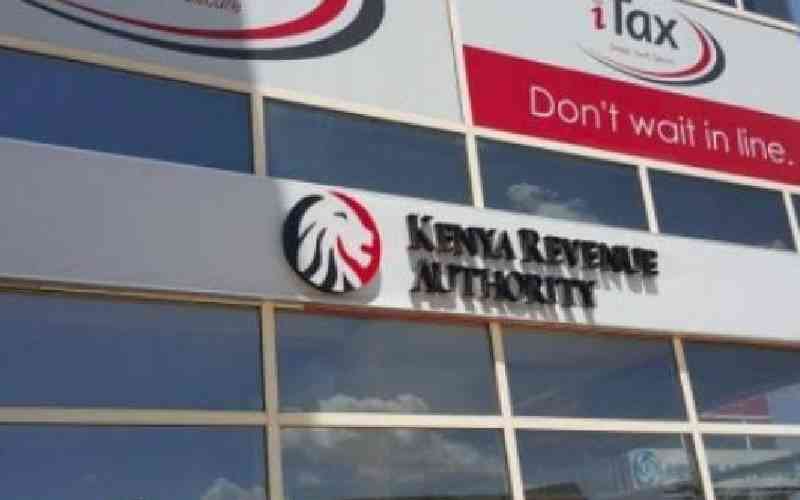
However, the Finance Bill 2025 proposes to remove this offsetting privilege for certain categories of goods and services, requiring firms to instead apply for a refund from the KRA.
“Let’s take a manufacturing plant as an example,” said Okadia.
“If the business buys goods worth Sh1 million and pays Sh160,000 in VAT, then sells the final product for Sh1.5 million and collects Sh240,000 in output VAT, it should ideally remit only Sh80,000 to KRA. But under the new proposal, the full Sh240,000 would be paid upfront, and the business would have to wait for a refund of Sh160,000.”
This change, she noted, significantly affects the working capital available to businesses, especially manufacturers who operate on thin margins and long production cycles.
Although the Bill aims to reduce the VAT refund processing period from 24 months to 12 months, Okadia pointed out that the amendment fails to introduce binding legal remedies if KRA delays or fails to issue refunds.
“KRA already owes manufacturers over Sh15 billion in VAT refunds. Businesses are being asked to comply more quickly, yet there’s no assurance that the government will meet its end of the bargain. This mismatch erodes trust and creates a liquidity trap,” she added.
Beyond VAT changes, Okadia raised concerns over the proposed five-year cap on carrying forward tax losses.
She termed the cap as arbitrary and misaligned with economic realities, particularly in capital-intensive sectors like manufacturing, where it takes an average of seven years to break even.
“There is no empirical justification for the five-year limit. It feels like a move driven by short-term revenue goals rather than sound fiscal policy,” she explained.
Stay informed. Subscribe to our newsletter
The new rule ignores the impact of inflation on financial returns.
“Losses carried forward should be adjusted for inflation. If a business incurs a loss of Sh200,000 in year one, that amount would have lost significant value by year five or six. It’s unfair to deduct it nominally without factoring in inflationary erosion,” she said.
Another contentious provision in the Bill is the generous tax breaks proposed for investors in the Nairobi International Financial Centre (NIFC), granted through licenses issued by the NIFC Authority rather than through Parliament.
Okadia criticised this as both unconstitutional and inequitable, stating that Article 210(1) of the Constitution mandates all tax measures to be determined by Parliament, not unelected bureaucrats.
She warned that such measures promote redistributive injustice.
“A Kenyan investor and a foreign financial institution both investing Sh3 billion should be treated equally,” she said.“Giving tax breaks exclusively to NIFC-licensed multinationals shifts the tax burden to smaller, local firms, many of whom are still recovering from post-pandemic shocks.”
According to Okadia, the inconsistencies between tax breaks for elite financial institutions and the proposed withdrawal of tax relief for manufacturers illustrate a deeper policy incoherence.
“Treasury cannot, in the same bill, reduce loss carry-forward periods and increase compliance burdens for local firms, while giving new tax subsidies to already privileged global capital,” she said.




